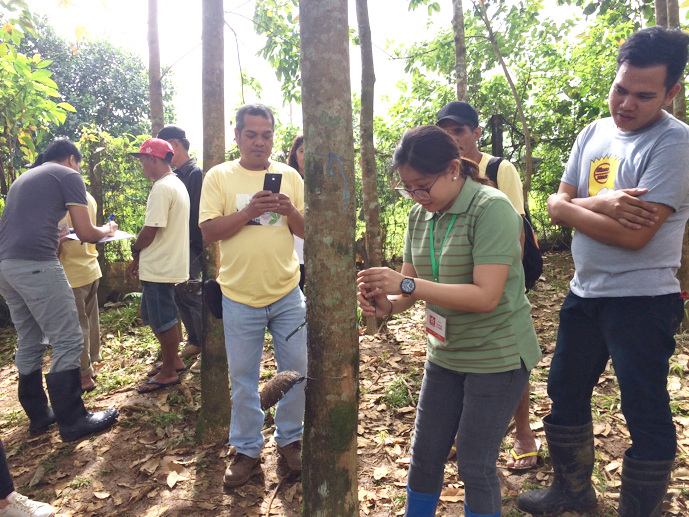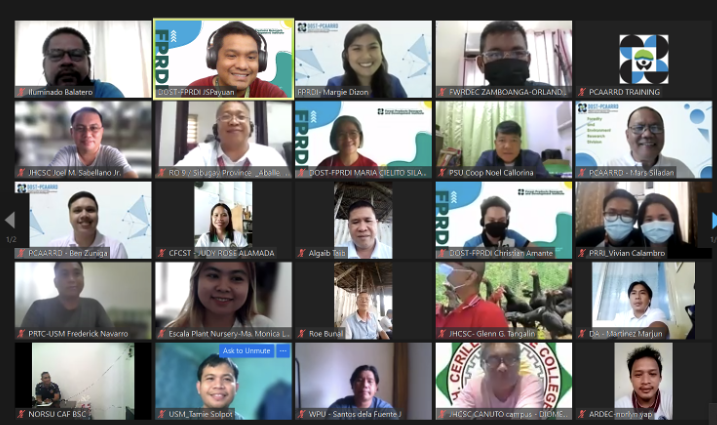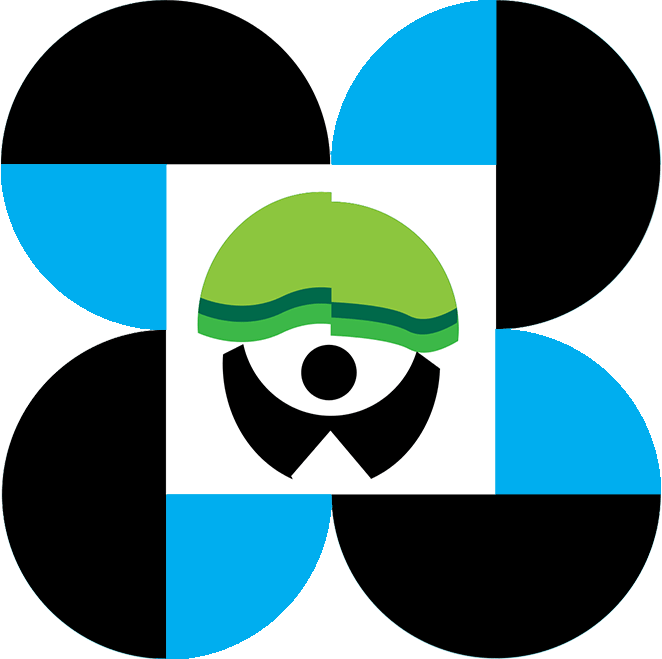| Bill |
Senate Bill No. 606 |
2022 |
19th |
An Act To Develop The Rubber Industry, Establishing For The Purpose The Philippine Rubber Industry Development Board, Defining Its Powers And Functions, And Appropriating Funds Therefor |
The Philippines was known to be among the top producers of rubber until the 1980s when the demand for tires and other rubber products slackened due to the decline in the economies of Japan and Europe. In the recent years, the country displayed vitality with the rising demand for natural and synthetic rubber. Much of this demand would stem from the rise of industries making use of rubber such as the automotive, footwear, and healthcare industries.
Rubber production in the country mainly thrives in Mindanao due to its agro-climate suitable in cultivating rubber, but some farmers are now planting the same in Luzon and Visayas for its lucrative value. With the increasing global and domestic demand for natural rubber, now is an opportune time to strengthen the rubber industry of the country. |
This bill provides a means of producing a steady supply of quality rubber by enhancing the competitiveness of the processing and manufacturing of rubber and rubber-based products. It also aims to establish the Philippine Rubber Industry Development Board (PHILRUBBER), which will further strengthen the foundations of the Philippine rubber industry to its full potential by creating more opportunities in the agricultural and manufacturing sector. |
https://legacy.senate.gov.ph/lisdata/3839434848!.pdf |
Rubber |
Null |
Jeff |
11/22/2024 |
|
C:\Users\trist\Documents\Formatting\Output\Rubber_2024-11-22_processed.xlsx |
| Bill |
House Bill No. 2331 |
2022 |
19th |
An Act To Develop The Rubber Industry, Establishing For The Purpose The Philippine Rubber Industry Development Board, Defining Its Powers And Functions, And Appropriating Funds Therefor |
It is the policy of the State to establish a strong foundation for more inclusive growth where it is shall be easier for the marginalized economic sectors to participate in economic progress through job creation and encouragement of entrepreneurship. The government, in partnership with the private sector, shall improve the productivity of agriculture and enhance the global competitiveness of the industry and services sectors.
Toward this end, the government, with the active support of the private sector, shall endeavor to achieve a balanced, integrated, and sustainable development of the country's rubber industry, the Philippines being frequently among the top 10 exporters of raw or semi-processed rubber, and being favorably situated in Southeast Asia which accounts for 90% of the world's output of natural rubber. The government shall undertake to develop Philippine rubber as a major participant in the rubber global value chain by accelerating the industry's overall growth through the following: (a) Expanding and improving the productivity and quality of natural rubber production for domestic and global markets; (b) Enhancing the competitiveness of the processing and manufacturing of rubber and rubber-based products, setting international quality control standards and ensuring adherence thereat; (c) Encouraging diversification through product upgrading which involves the production of better quality and higher valued semi-processed rubber; and (4) Promoting public-private partnership to push forward the programs and projects that will optimize natural and manufactured rubber product utilization. |
This bill seeks to establish the Philippine Rubber Industry Development Board. The Board will be tasked to oversee and coordinate the initiatives of government agencies, the private sector, the academe and other concerned groups to spur rubber industry growth and development. Specifically, the Board will evaluate the Philippine rubber industry performance, focusing on issues and concerns, prospects, threats and opportunities, and other constraints to growth, and identifying agencies that can best address the areas of concern from the production/cultivation stage, to processing/manufacturing, trading and market distribution of rubber and its allied products. |
https://docs.congress.hrep.online/legisdocs/basic_19/HB02331.pdf |
Rubber |
Null |
Jeff |
11/22/2024 |
|
C:\Users\trist\Documents\Formatting\Output\Rubber_2024-11-22_processed.xlsx |
| Bill |
Senate Bill No. 526 |
2019 |
18th |
An Act To Develop The Rubber Industry, Establishing For The Purpose The Philippine Rubber Industry Development Board, Defining Its Powers And Functions, And Appropriating Funds Therefor |
With the rising demand for natural and synthetic rubber, it is expected that demand for rubber will reach up to 15.238 million tons by the year 2022. Much of this demand would stem from the rise of industries making use of rubber such as the automotive, footwear, and healthcare industries.
The rubber industry in the Philippines produced up to about 181,313 MT of rubber in the year 2016, which was fewer by 8.92% than in 2015. Furthermore, the overall export performance of rubber in the Philippines declined. The total export revenue generated by the rubber industry in 2016 was only US135.08 million, whereas in 2012,
the total export revenue was US405.99 million. |
This measure provides a means of producing a steady supply of quality rubber by enhancing the competitiveness of the processing and manufacturing of rubber and rubber-based products. It also aims to establish the Philippine Rubber Industry Development Board (PHILRUBBER), which will further strengthen the foundations of the Philippine rubber industry to its full potential by creating more opportunities in the agricultural and manufacturing sector. |
https://legacy.senate.gov.ph/lisdata/3090927762!.pdf |
Rubber |
Null |
Jeff |
11/22/2024 |
|
C:\Users\trist\Documents\Formatting\Output\Rubber_2024-11-22_processed.xlsx |
| Bill |
House Bill No. 3280 |
2019 |
18th |
An Act Creating The Philippine Rubber Industry And Technology Council Amending For The Purpose Republic Act No. 10089 Known As An Act Creating The Philippine Rubber Research Institute To Develop The Philippine Rubber Industry And For Other Purposes |
It is a declared policy of the State to develop self-reliant industries effectively controlled by Filipinos, encourage investments and provide incentives to private enterprise, promote employment and livelihood opportunities for the poor, ensure well-balanced ecology in the use of natural resources for industrial purpose, and prioritize education and training particularly in science and technology for sustainable development.
In support of these State policies, the establishment of the Philippine Rubber Industry and Research Technology aims to comprehensively realize the goals of human empowerment and economic development in the countryside through programs and projects that will increase rubber production and provide processing equipment to enhance quality rubber production for the benefit of small rubber farmers stakeholder (smallholder) producers and processors. |
This bill aims to revisit and possibly amend some provisions of the RA 10089 by establishing and strengthening the rubber industry in the country making itself as a government institution by way of a Council involving various government agencies, one of which is the Department of Science and Technology (DOST) to support the needed Research Development in modern technology not only the rubber processing industry but in the modern production technique. |
https://docs.congress.hrep.online/legisdocs/basic_18/HB03280.pdf |
Rubber |
Null |
Jeff |
11/22/2024 |
|
C:\Users\trist\Documents\Formatting\Output\Rubber_2024-11-22_processed.xlsx |
| Republic Act |
Republic Act No. 10089 |
2010 |
14th |
An Act Creating The Philippine Rubber Research Institute To Develop The Philippine Rubber Industry And For Other Purposes |
SEC. 2. Declaration of Policy.—It is a declared policy of the State to develop self-reliant industries effectively controlled by Filipinos, encourage investments and provide incentives to private enterprise, promote employment and livelihood opportunities for the poor, ensure well-balanced ecology in the use of natural resources for industrial purposes, and prioritize education and training particularly in science and technology for sustainable development.
In support of these State policies, the establishment of the Philippine Rubber Research Institute aims to comprehensively realize the goals of human empowerment and economic development in the countryside through programs and projects that will increase rubber production in the country, and improve quality of life especially in poor rural communities that depend primarily on this industry. |
This Act aims to establish the Philippine Rubber Research Institute to comprehensively realize the goals of human empowerment and economic development in the countryside through programs and projects that will increase rubber production in the country, and improve quality of life especially in poor rural communities that depend primarily on this industry. |
https://www.officialgazette.gov.ph/2010/05/13/republic-act-no-10089/ |
Rubber |
Null |
Jeff |
11/22/2024 |
|
C:\Users\trist\Documents\Formatting\Output\Rubber_2024-11-22_processed.xlsx |








